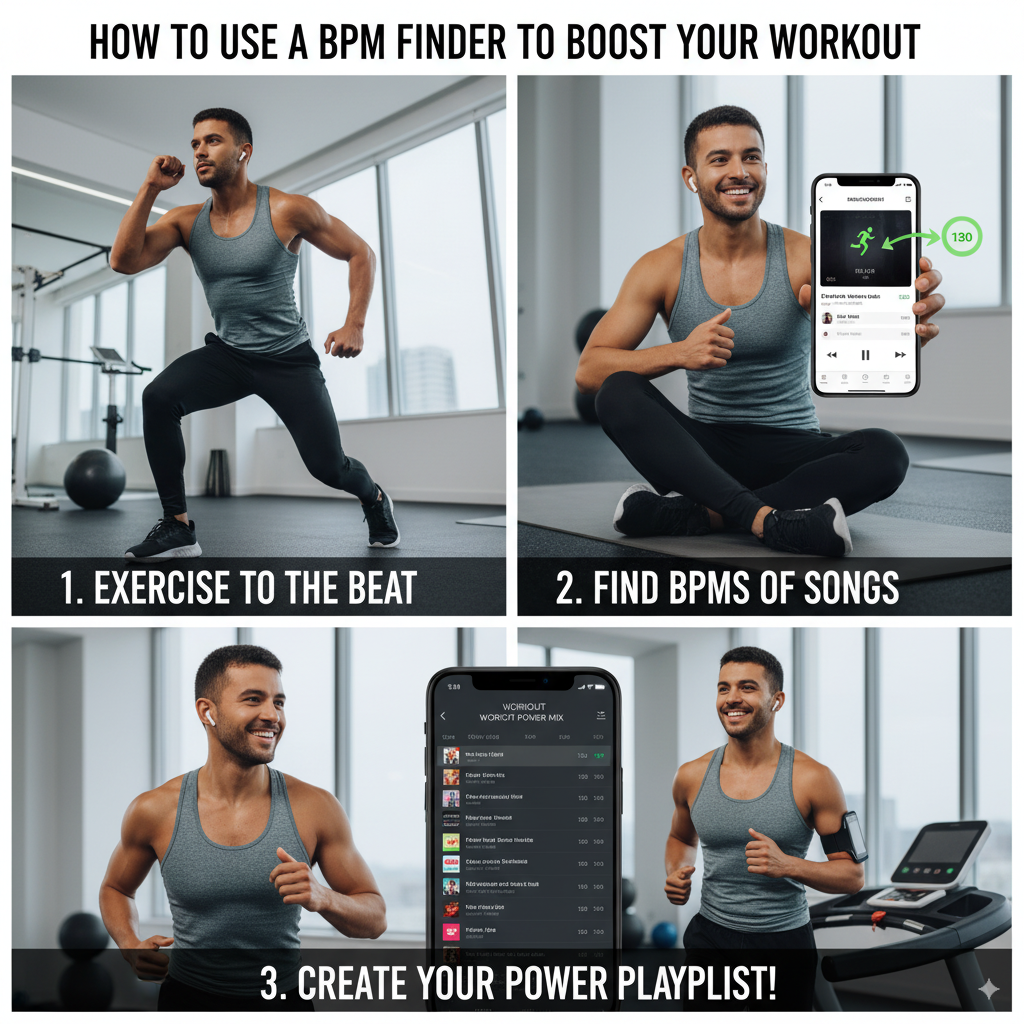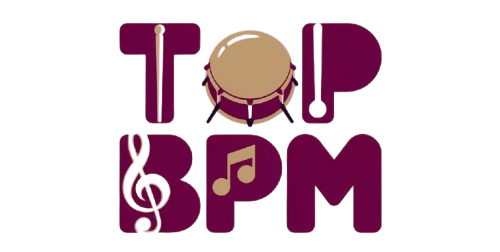
There’s nothing worse than getting halfway through a workout and realizing your playlist isn’t keeping up with your energy. I’ve been there running on the treadmill to a slow ballad or lifting weights to a track that feels too fast. The truth is, music can either power you forward or drag you down. That’s where a bpm finder comes in. By aligning the beats per minute bpm of your songs with the pace of your workout, you can turn your playlist into a powerful training tool. Over the years, I’ve experimented with different apps and tools, and I can confidently say that services like tap bpm make it much easier to find the rhythm that matches your goals.
What is a BPM Finder?
A BPM finder is a simple tool that helps you measure the tempo of a song. Tempo is counted in beats per minute, or BPM. For example, a calm acoustic track might sit around 70 BPM, while a dance track could be closer to 130 BPM. With tools like a beats per minute calculator, you can tap along with the beat of a song to quickly calculate the bpm. Many platforms even act as a bpm finder online or a bpm finder mp3, allowing you to upload a track and instantly see the result. Some even work as a key and bpm finder, giving you both the tempo and the key of the song.
Personally, I’ve found that using a song bpm finder before building a playlist saves a lot of time and avoids the frustration of mismatched energy levels during a workout.
Why BPM Matters for Workouts
Think of BPM like your workout’s heartbeat. Your own heart rate rises and falls depending on your intensity, and matching music to that rhythm can help you stay motivated. Fast tracks encourage faster movement, while slower songs are perfect for stretching or cooling down. When your playlist is designed with tempo in mind, you’re essentially using music as a performance booster.
This is where a bpm counter really shines. By knowing the bpm of a song, you can slot it into the right part of your workout routine. For instance, I once trained for a 10k run using carefully selected songs, each matched to my running pace, and it made a noticeable difference.
Ideal BPM Ranges for Different Workouts
Not all workouts need the same tempo. Here’s a simple breakdown of average bpm ranges that work well:
- Warm-up & Stretching: 60–90 BPM (gentle tracks that let you ease in)
- Steady Cardio (Jogging, Cycling): 120–140 BPM (keeps you moving at a comfortable rhythm)
- High-Intensity Interval Training (HIIT): 150–170 BPM (fast, energetic songs to push your limits)
- Strength Training: 110–130 BPM (steady beats for controlled movement)
- Cool-down & Yoga: 60–80 BPM (relaxing tracks to help recovery)
With a bpm and key finder or even a song key and bpm finder, you can pick tracks that not only match tempo but also create a smoother, more enjoyable flow.
How to Use a BPM Finder for Your Playlist
Here’s a step-by-step method I use with tap bpm when creating my workout playlists:
- Choose Your Songs – Start with your favorite tracks.
- Check Tempo – Use an Online BPM calculator or key bpm finder to get the tempo of each song.
- Sort by BPM – Arrange tracks in groups (warm-up, workout, cool-down) based on their tempo.
- Adjust Order – Place songs in a sequence that mimics the flow of your workout.
- Test It Out – Play it during your next session and notice how the music drives your pace.
If you’re mixing songs like a DJ, you can even use beat matching techniques with a tap tempo tool to make transitions smoother.
Benefits of a BPM-Based Workout Playlist
After years of experimenting, here are the biggest benefits I’ve noticed from using a bpm finder online like tap bpm tool:
- Better Motivation: The right song at the right tempo makes you push harder.
- Improved Performance: Staying in rhythm helps with endurance and consistency.
- Faster Playlist Building: Tools that calculate the bpm save time compared to guessing.
- Personalization: You can match the average bpm of your favorite tracks with your training style.
- Fun Factor: Workouts feel less like a chore and more like moving with the music.
Conclusion
Music is one of the easiest ways to improve your workouts, and using a bpm finder mp3 or an Online BPM calculator makes it even more effective. Whether you’re running, lifting, or stretching, aligning your playlist with the right tempo can transform your sessions. From my own experience, I can say that once you start building playlists with the help of tap bpm, you won’t go back to random song choices again. Try it for your next workout, and let the rhythm carry you further than you thought possible.
